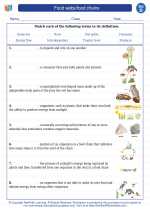Primary Consumers
Primary consumers are organisms that form the second trophic level in the food chain. They are also known as herbivores, as they primarily feed on plants and algae. These organisms serve as a crucial link in the transfer of energy and nutrients within an ecosystem.
Characteristics of Primary Consumers
- Feed on plants and algae
- Form the second trophic level in the food chain
- Often small in size
- Play a key role in energy transfer within ecosystems
Examples of Primary Consumers
Some common examples of primary consumers include:
- Rabbits
- Deer
- Grasshoppers
- Caterpillars
- Sheep
Importance of Primary Consumers
Primary consumers are essential for maintaining the balance of ecosystems. By consuming plants and algae, they help regulate plant populations and prevent overgrowth. Additionally, they serve as a food source for secondary consumers, further facilitating the flow of energy through the food chain.
Study Guide
Here are some key points to remember about primary consumers:
- What do primary consumers primarily feed on?
- Where do they fall in the food chain?
- Provide examples of primary consumers.
- Explain the role of primary consumers in energy transfer within ecosystems.
Understanding the role of primary consumers is crucial for comprehending the dynamics of food chains and ecosystems. It highlights the interconnected nature of living organisms and the flow of energy within natural systems.
.◂Science Worksheets and Study Guides Fourth Grade. Food webs/food chains

 Activity Lesson
Activity Lesson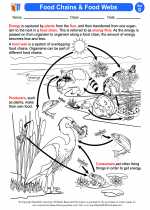
 Worksheet/Answer key
Worksheet/Answer key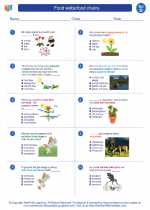
 Worksheet/Answer key
Worksheet/Answer key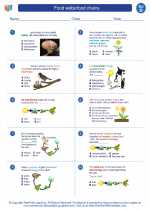
 Worksheet/Answer key
Worksheet/Answer key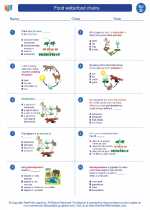
 Worksheet/Answer key
Worksheet/Answer key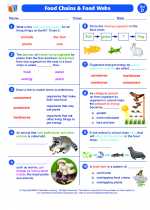
 Vocabulary/Answer key
Vocabulary/Answer key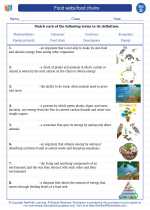
 Vocabulary/Answer key
Vocabulary/Answer key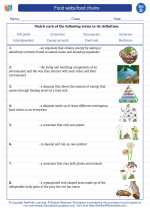
 Vocabulary/Answer key
Vocabulary/Answer key